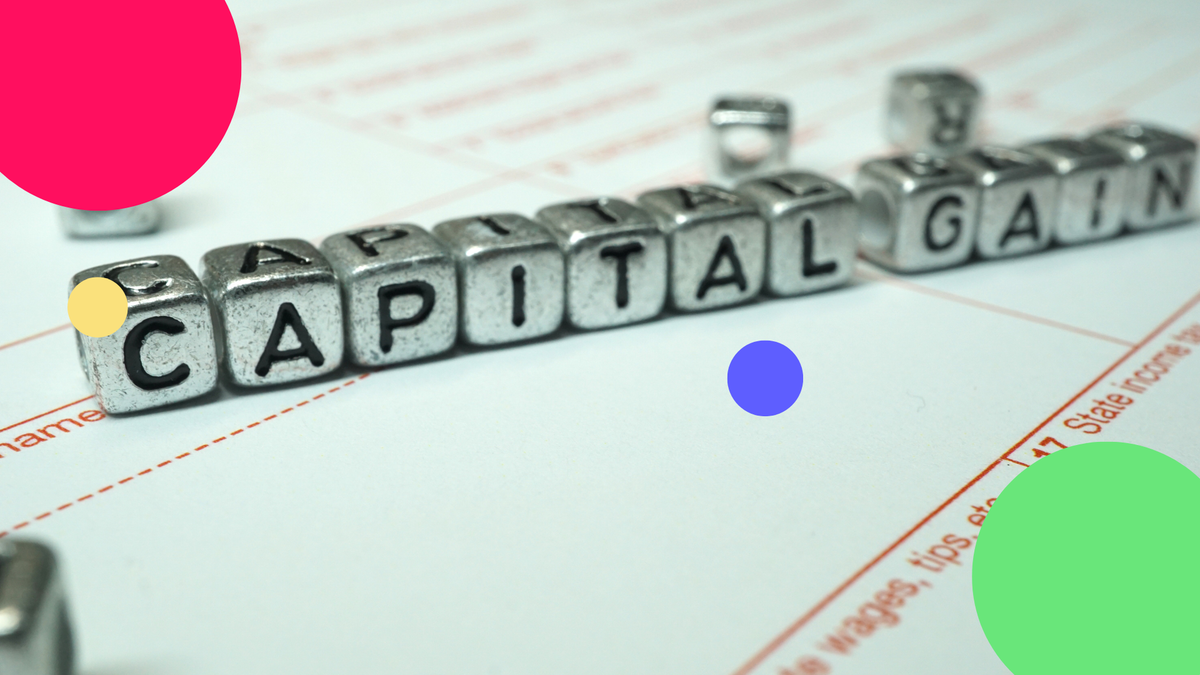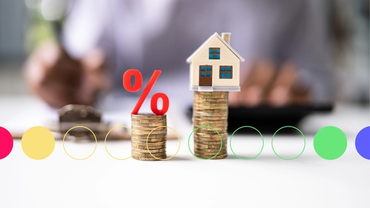5 strategies to minimise Capital Gains Tax
By Boring Money
3 Oct, 2024
There are plenty of rumours flying around about how Capital Gains Tax (CGT) might change in the October budget. In reality, relatively few people will pay it. Still, it is always possible for those with assets held outside of an ISA or a SIPP, and it can occasionally come as a surprise. Here’s what you need to know and five ways to minimise your bill.

Capital Gains Tax (CGT) is paid on the increase in the value of an asset when you sell it or transfer ownership to someone else. Your primary residence is exempt, but it applies to second homes, shares, and even artworks and antiques.
The calculations for CGT are complex. Your "gain" is the difference between your buying price and your selling price, but you can deduct allowable costs such as professional fees or the cost of upgrades.
As it stands, you will pay tax at 24% on investments and property if you are a higher or additional rate taxpayer. That falls to 18% if you are a basic rate taxpayer. This follows reforms announced in the Autumn Budget 2024.
Tax Band | Tax Payable on Investments | Tax Payable on Property |
Basic Rate | 18% | 18% |
Higher rate | 24% | 24% |
Additional rate | 24% | 24% |
CGT receipts were over £14bn in 2022-23, and 369,000 people paid the tax[1]. The amount raised in CGT has quadrupled over the past decade, and the number of people paying the tax has doubled. While this is partly because of rising asset prices, it has also coincided with a fall in the rates of CGT.






